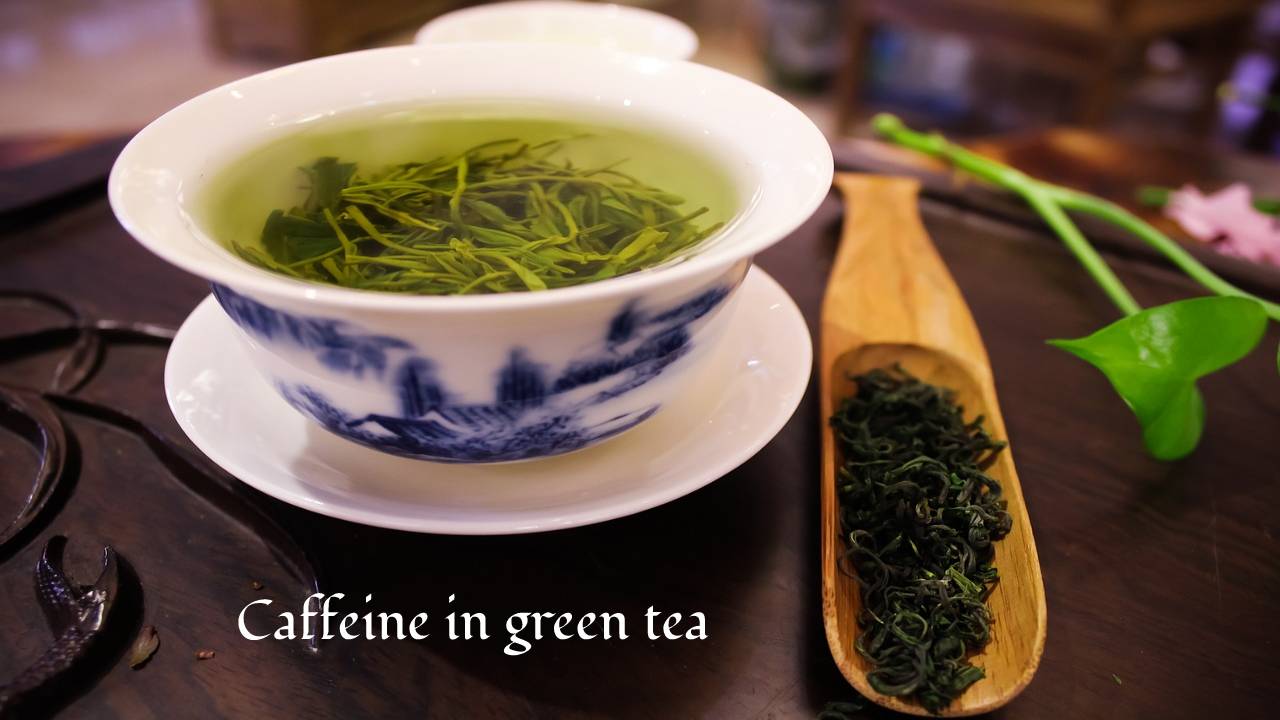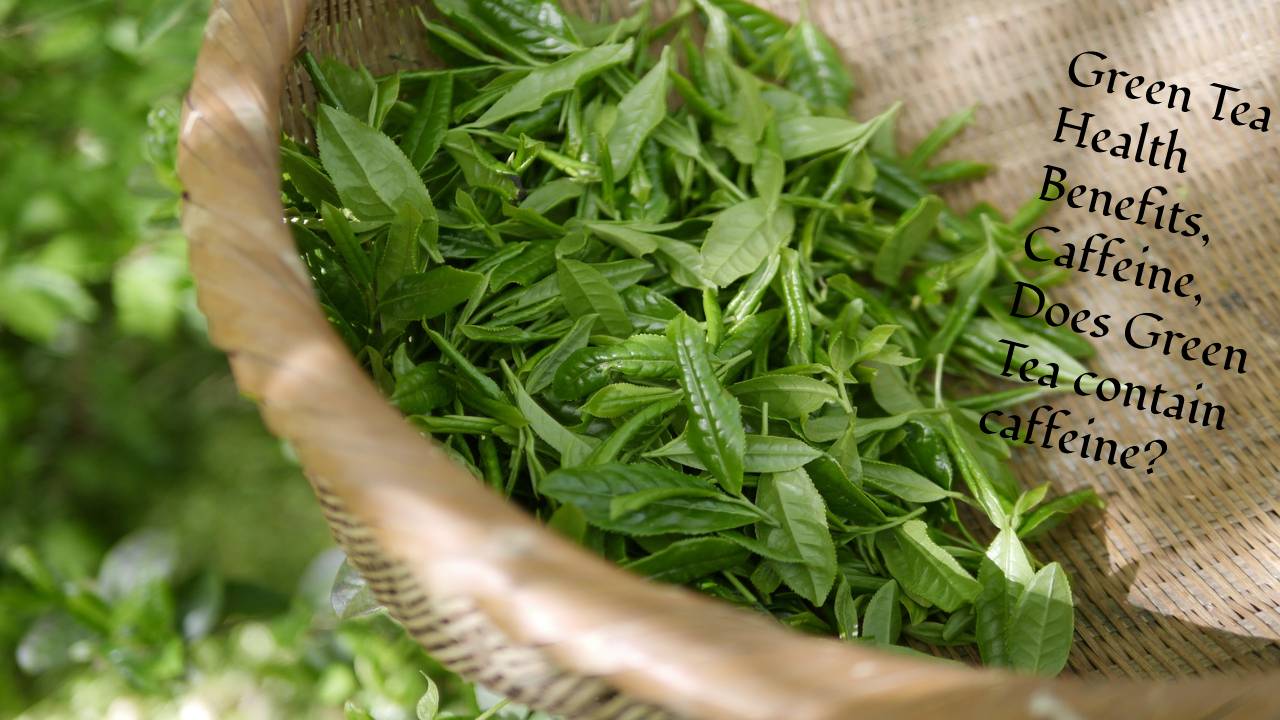Table of Contents
Green Tea
Green tea comes from the tea plant Camellia sinensis, mainly grown in China, Japan, and India. Every sip of it kills free radicals.
High-quality it is energizing and one of the most health benefits of all.
The taste of green tea is influence by the length of time it is marinated and the water used.
It is a brew from unfermented leaves. For this reason, almost all active ingredients are retained.
If the tea only brews for a short time, it has a more stimulating effect. If the tea brews for a long time, it has a calming effect.
In contrast to black tea, green tea is hardly or not at all oxidized.
The climate, the cultivation location, harvest time, and processing and preparation make the essential difference to black tea in taste and effect.
Effect and health
- Green tea is very healthy and stimulates the nerves. Since the caffeine in green tea is bound to polyphenols, it is also called tea-in. Tee-in is a delay in the body’s absorption.
- The stimulating effect is therefore longer-lasting when we compare it to coffee.
- The processing and preparation of it are why the high proportion of various health-promoting active ingredients and substances.
- Such as vitamin A, vitamin B, B2, calcium, potassium, phosphoric acid, magnesium, copper, zinc, nickel, carotenes, and fluoride.
- In addition to tee-in, catechin and theanine also play a significant role. Most of the health benefits are attribute to catechins.
- Theanine is an amino acid and is especially important for taste. The antioxidants in green tea fight against free radicals (waste products of the metabolism) and protect against attacks on the body’s cells.
- Consistent consumption of green tea or green tea extracts has many health-promoting and preventive effects.
Caffeine and its benefits
- Caffeine has been consumed for a century, and studies have gone back and 40th on the glassy of caffeine’s safety.
- Due to its unique effects on the central nervous system, caffeine is considered a stimulant.
- It is most commonly increases alertness, concentration, and athletic performance, according to 2015 research published in Advances in Nutrition.
- Caffeine is too diuretic and can lead to better urination and possibly dehydration. It is also used in medications for headaches, appetite, pain relief, and asthma.
Caffeine in green tea
- Pure caffeine is a white, odorless powder that can be obtained from various plants or synthetically.
- Caffeine is present in over 60 plants, including the coffee bush, the tea bush, the mate tree, and the kola nut.
- The caffeine is mainly present in seedlings to keep pests away, numb, or even kill them.
- It should emphasize that the different types of green tea have very other caffeine content.
- It ranges from healthy teas, such as Gyokuro, Tencha, Matcha, Sencha 1st picking, with a relatively high amount (about 2.3-3.5%, comparable to coffee).
- The average content of Sencha from the second picking ( about 2.2%) and the Benifuuki variety, to the relatively low range of the sencha mixed.
- With rice, Genmaicha, the tea is made from the coarser / older leaves (Bancha) (both about 1.5-2%) and the tea the stems of the tea plant (Karigane vom Sencha / Kukicha).
- It has very little contains caffeine (about 0.5-1.5%) up to the almost caffeine-free Sannenbancha (0.1-0.5%).
- However, Karigane from Gyokuro contains a little more Caffeine than Karigane from Sencha (around 1.7%). Three
factors mainly determine the different caffeine content of the varieties: - Young parts of plants (buds and young small leaves) have significantly more caffeine than older parts of plants (older leaves and stems).
- The first picking = harvest has significantly more caffeine than the second picking.
Shaded teas (e.g., Gyokuro, Tencha, Matcha) have more caffeine than un-shaded teas (Sencha, Bancha, Karigane, Kukicha, Benifuuki). - It should also note that long storage and especially fermentation lowers the caffeine content, as is the case with Sannenbancha, for example.

Caffeine in Coffee
- According to a Mayo Clinic study, the average cup — 8 ounces — of coffee has about 90 to 165 milligrams of caffeine.
- That’s the same as more than three (3) cups of green tea. It is perhaps most significant to limit yourself to a maximum of 400 milligrams of caffeine every day.
- Drinking a cup of decaffeinated coffee offers you about 2 to 5 mg of caffeine.
- Interestingly, a small espresso shot has only about 47 to 64 milligrams (mg) of caffeine.
- A 16-ounce latte has the same amount of caffeine as 8 ounces of coffee.
- Additional milk and sugar have two hundred calories.

Green Tea Vs. Coffee
- Caffeine is the world’s most frequently consumed stimulant drug according to 2015 research
in Current Neuro-pharmacology. - It occurs naturally in some foods and beverages like coffee, tea, and chocolate.
- While coffee and green tea both contain caffeine, coffee has a significantly more significant amount per cup.
- Coffee and green tea comprise other nutrients that have significant health benefits.
- However, with any caffeinated beverage, there may be health risks. Specific populations should reduce or avoid caffeine for health reasons, so decaffeinated tea or coffee is the best option.
Green tea instead of coffee
- Green tea has enormous health benefits, so switching from coffee to green tea is worthwhile for several reasons.
- If you are iron deficient and take iron supplements, you should be careful with green tea and coffee, as both drinks can inhibit iron absorption.
Also Read: Industrial Piercing – Pain level, Tips for healing, Side effects, Jewelry


